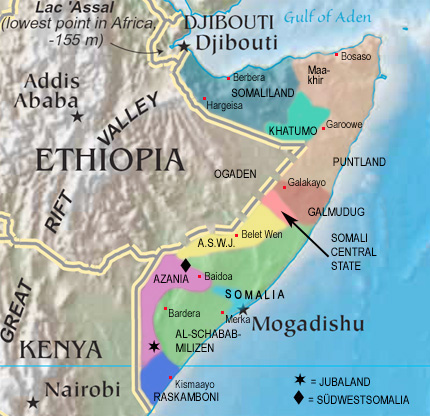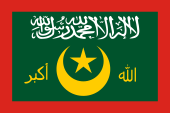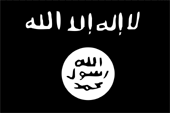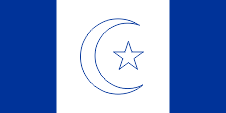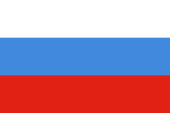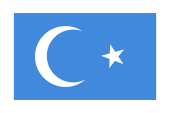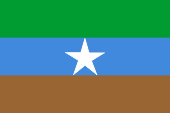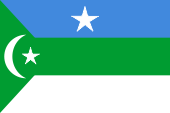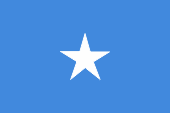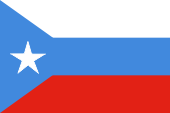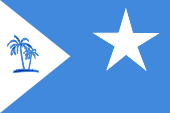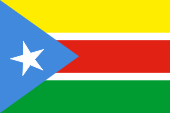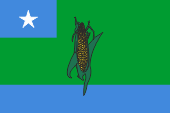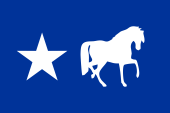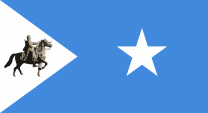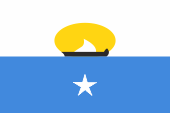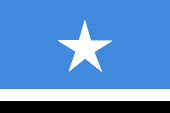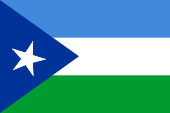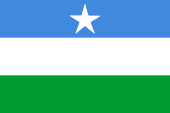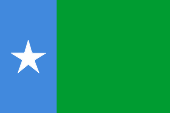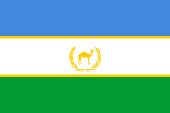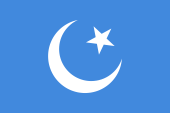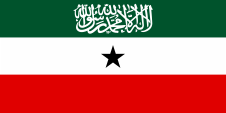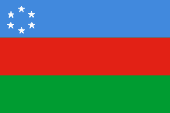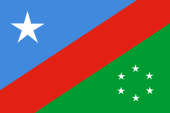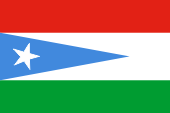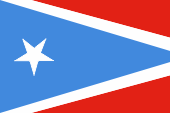Staaten in Somalia |
|
| Der Somalische Bürgerkrieg begann im Jahre 1988, und im Jahre 1991 trat erstmals ein Phänomen auf, das sich seit dem vielfach wiederholt hat: Aus dem Staatsgebiet von Somalia lösen sich diverse Staaten heraus, erklären sich für selbstständig oder autonom. Die Motive dafür sind verschieden, häufig betreiben Clans die Sezession, oder auch Clanuntergruppen, es gibt manchmal ein religiöses Motiv, manchmal auch nur lokale Interessen und manchmal stehen Exilgruppen von Somalis dahinter, die im Ausland leben. Einige dieser Staaten bestanden wohl nur auf dem Papier, einige nur kurze Zeit, einige fühlten sich mit der Zentralregierung in Mogadischu in verbunden und erkannten diese an. Diese Erscheinungen führten schließlich zur Überlegung Somalia in einen Föderalen Bundesstaat umzuwandeln, in dem einigen dieser Staaten als Bundesstaaten ihren Platz fanden. Die hier aufgeführten Staaten stellen nur einen Bruchteil dessen dar, was sich auf der politischen Bühne abspielte. Auf dem Portal "Flags of the World" gibt es dazu eine umfangreiche Sammlung, dazu bitte hier klicken: Flags of the World |
The Somali civil war began in 1988, and in 1991 a phenomenon occurred for the
first time that has been repeated many times since: Various states break away
from the Somali territory and declare themselves independent or autonomous.
The motives for this vary, often clans are behind the secession, or clan subgroups, sometimes there is a religious motive, sometimes only local interests and sometimes exile groups of Somalis living abroad are behind it. Some of these states probably existed only on paper, some only for a short time, some felt connected to the central government in Mogadishu in and recognised it. These phenomena eventually led to the idea of transforming Somalia into a federal state, in which some of these states found their place as federal states. The states listed here represent only a fraction of what took place on the political stage. There is an extensive collection on the portal "Flags of the World", please click here: Flags of the World |
